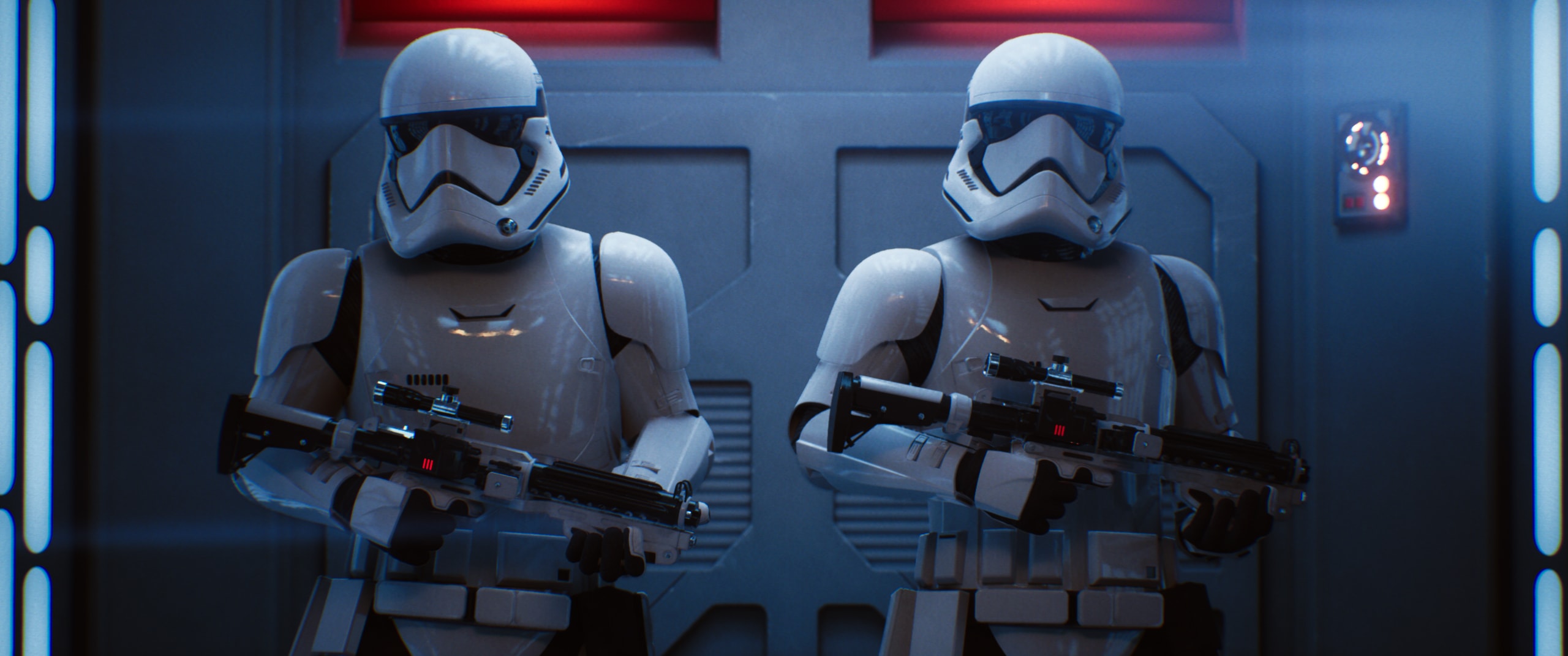The Future of Computer Graphics
Computer graphics has a footing on many industries, such as in Hollywood and many other fields. Over the years, as computational speeds grew exponentially, we began to see the rise of CG in feature films. Such as in 1995's feature film Toy Story. Films like this pioneer the future because a company like pixar allowed a movie industry to spearhead a graphics revolution - many of the games and movies we see today are due to the ingeniuity of the early graphics programmers. During my time, taking the computer graphics course, I learned how to extend many of these tools for myself.
Over the course of this semester we learned so many important types of graphics, starting from vertex shaders and up to ray tracing, phong reflections, splines, and many other exciting applications. We implemented these in WebGL and with this we wrote mostly parallel code in the style of sequential code. Although each normal was being calculated each indepedent frame, the code maintained a relatively fast run-time, and this impressed me coming from an algorithms point of view (it turned out most of the runtime was abstracted away from us in the GPU layer). Through this we learned a lot more about design and the power of cg.
There are three responses to a piece of design – yes, no, and WOW! -Paul Rand

Why is this important?
Being able see the implications of CG has always been a passion of mine. And the unveil of
real time ray tracing at GDC certainly was an exciting moment. In class, we saw the work of
our fellow graders Luiz Velho and Sebastian Herscher. Even though I did not see their work
in person, their projects on VR and pHD work certainly
gave me some insight about how effectively CG can be used in VR and AR. While our homeworks
started out as a simple collection of calling vec3 in our main, it quickly evolved
to matrix multiplication as advanced transformations began. We learned to transform our shapes
from all axises. And through these transformations we were given the freedom to make more
shapes that we wanted. Making the things I wanted, although sometimes painstakingly, was very rewarding
to me (such as rendering the Tea Pot).
Conclusion
Computer graphics has been big since the 90s and with its far reaches in animation and gaming, and more in real life purposes such as VR and AR, and it's further implications in visualization science, and even further reaches such as data science and GPU technology in machine learning, CG will always be a cutting edge field as we see how we can more accurately depict a fictional world. Overall , Professor Perlin's class has taught me a lot about the realm of computer graphics and a lot more about WebGL. Checkout my site to learn more about me and what I do.
Top highlight